The DO Loop
Statistical programming in SAS with an emphasis on SAS/IML programs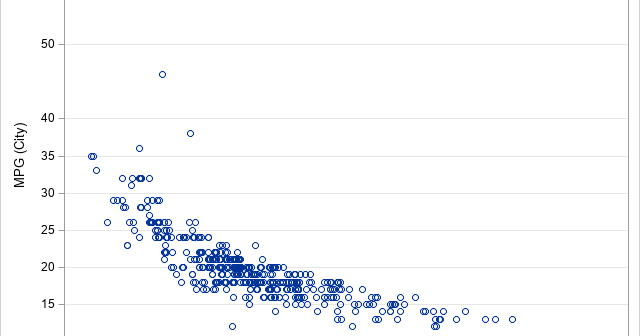
Have you ever heard of the DOLIST syntax? You might know the syntax even if you are not familiar with the name. The DOLIST syntax is a way to specify a list of numerical values to an option in a SAS procedure. Applications include: Specify the end points for bins
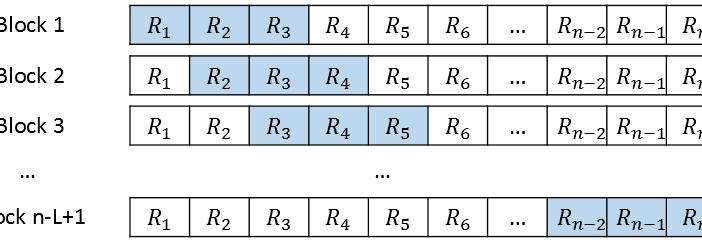
As I discussed in a previous article, the simple block bootstrap is a way to perform a bootstrap analysis on a time series. The first step is to decompose the series into additive components: Y = Predicted + Residuals. You then choose a block length (L) that divides the total

On The DO Loop blog, I write about a diverse set of topics, including statistical data analysis, machine learning, statistical programming, data visualization, simulation, numerical analysis, and matrix computations. In a previous article, I presented some of my most popular blog posts from 2020. The most popular articles often deal
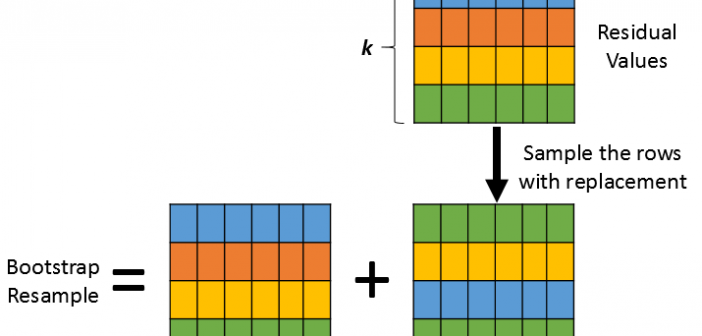
For ordinary least squares (OLS) regression, you can use a basic bootstrap of the residuals (called residual resampling) to perform a bootstrap analysis of the parameter estimates. This is possible because an assumption of OLS regression is that the residuals are independent. Therefore, you can reshuffle the residuals to get
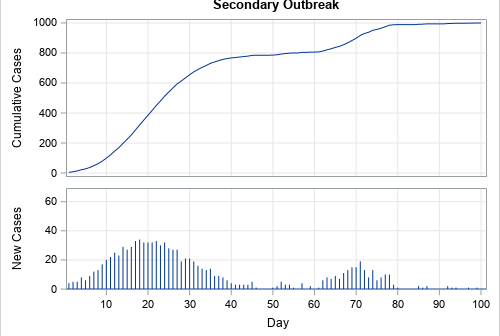
Last year, I wrote more than 100 posts for The DO Loop blog. In previous years, the most popular articles were about SAS programming tips, statistical analysis, and data visualization. But not in 2020. In 2020, when the world was ravaged by the coronavirus pandemic, the most-read articles were related
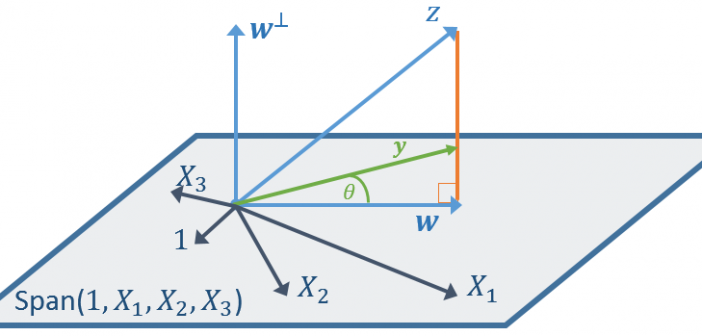
When you perform a linear regression, you can examine the R-square value, which is a goodness-of-fit statistic that indicates how well the response variable can be represented as a linear combination of the explanatory variables. But did you know that you can also go the other direction? Given a set
